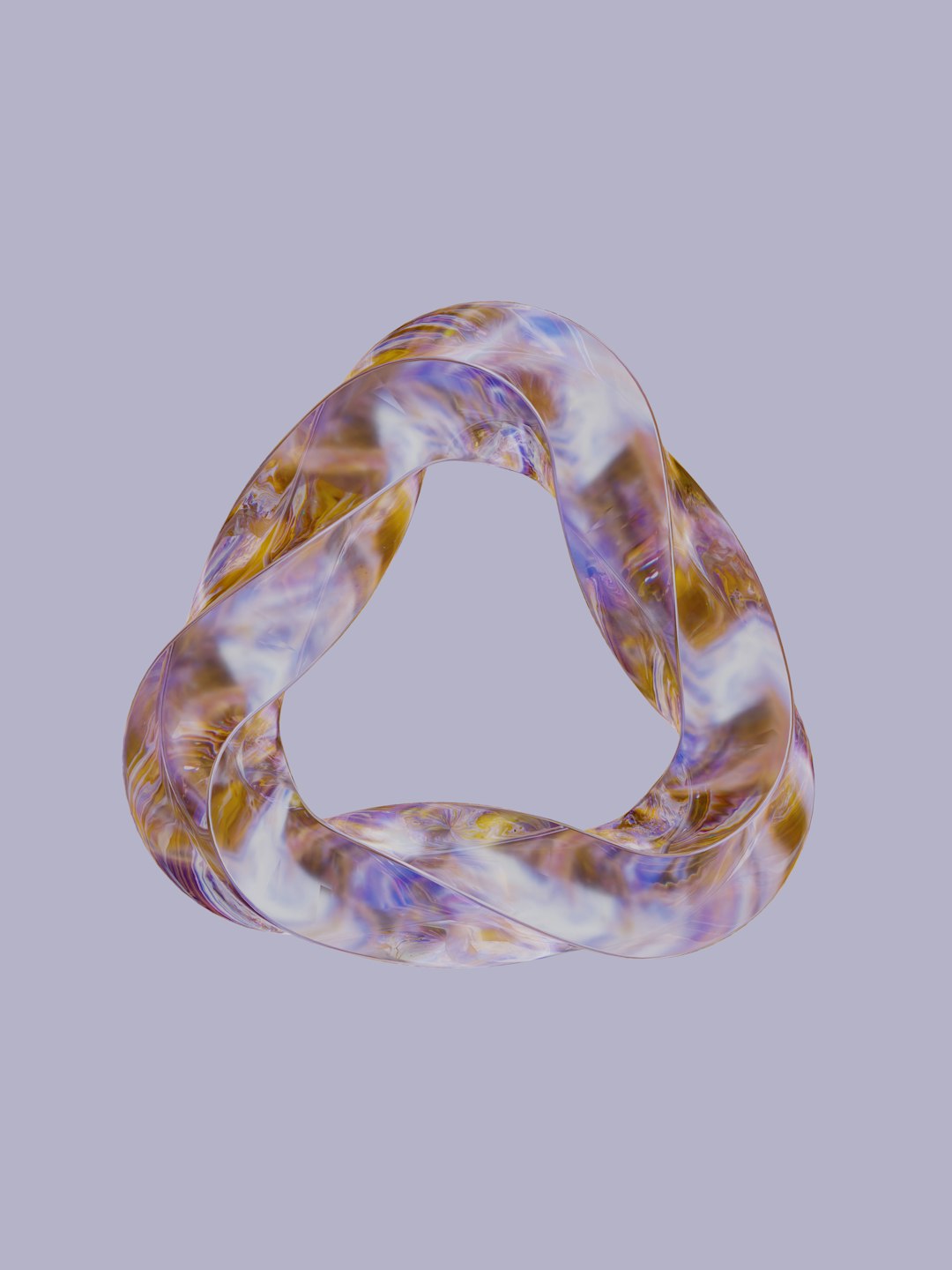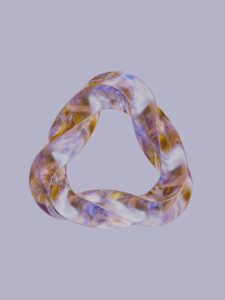Support our educational content for free when you purchase through links on our site. Learn more
What is 3D Print Plastic Called? [2024]
Have you ever wondered what the plastic used in 3D printing is called? Well, you’re in the right place! In this article, we’ll dive into the world of 3D print plastic and explore the different types of materials commonly used in 3D printing. Whether you’re a beginner or an experienced 3D printing enthusiast, this guide will provide you with all the information you need to know. So let’s get started!
Quick Answer
The plastic used in 3D printing is called filament. Filament is a thermoplastic material that is melted and extruded through a nozzle to create a 3D printed object layer by layer. There are various types of filaments available, each with its own unique properties and characteristics.
Check Price on: Thingiverse | Cults3D | Yeggi | Free3D | MyMiniFactory | Pinshape | CGTrader | TurboSquid | 3Dexport
Quick Tips and Facts
- Filament is typically sold in spools and comes in various diameters, such as 1.75mm and 2.85mm.
- The most common types of filaments used in 3D printing include PLA, ABS, PETG, and TPU.
- Each filament type has its own specific printing temperature and settings.
- Filament can be purchased in a wide range of colors, allowing for vibrant and customized 3D prints.
- Some filaments are biodegradable and environmentally friendly, while others offer enhanced strength and durability.
Background: A Brief History of 3D Printing

Before we delve into the different types of 3D print plastic, let’s take a moment to appreciate the incredible technology behind 3D printing. 3D printing, also known as additive manufacturing, has revolutionized the way we create objects. It allows us to turn digital designs into physical objects with ease.
The concept of 3D printing dates back to the 1980s when Chuck Hull invented stereolithography, a process that used light to solidify liquid resin layer by layer. This groundbreaking invention paved the way for the development of various 3D printing technologies and materials.
Over the years, 3D printing has evolved and become more accessible to the masses. Today, 3D printers are widely used in industries such as manufacturing, healthcare, architecture, and even in our homes. With the ability to create complex geometries and customized designs, 3D printing has opened up a world of possibilities.
3D Printing Solutions
Now, let’s explore the different types of 3D print plastic commonly used in 3D printing. Each type of filament has its own unique properties, making it suitable for specific applications. Here are some of the most popular 3D print plastics:
1. PLA (Polylactic Acid)
Check Price on: Thingiverse | Cults3D | Yeggi | Free3D | MyMiniFactory | Pinshape | CGTrader | TurboSquid | 3Dexport
PLA is one of the most commonly used filaments in 3D printing. It is a biodegradable and environmentally friendly material made from renewable resources such as corn starch or sugarcane. PLA is easy to print with and offers good dimensional accuracy. It is available in a wide range of colors and is suitable for a variety of applications, including prototypes, toys, and decorative objects.
Pros:
- Biodegradable and environmentally friendly.
- Easy to print with.
- Wide range of colors available.
- Good dimensional accuracy.
Cons:
- Not as strong as some other filaments.
- Can be brittle and prone to breaking under stress.
- Limited heat resistance.
2. ABS (Acrylonitrile Butadiene Styrene)
Check Price on: Thingiverse | Cults3D | Yeggi | Free3D | MyMiniFactory | Pinshape | CGTrader | TurboSquid | 3Dexport
ABS is a popular filament known for its strength and durability. It is a reusable material commonly used for functional parts that require toughness and impact resistance. ABS has a higher melting point compared to PLA, which makes it suitable for applications that involve higher temperatures. However, ABS requires a closed 3D build chamber during printing to prevent warping.
Pros:
- Strong and durable.
- Good impact resistance.
- Suitable for higher temperature applications.
- Can be post-processed with acetone for a smooth finish.
Cons:
- Requires a closed 3D build chamber to prevent warping.
- Can emit unpleasant fumes during printing.
- Not biodegradable.
3. PETG (Polyethylene Terephthalate Glycol)
Check Price on: Thingiverse | Cults3D | Yeggi | Free3D | MyMiniFactory | Pinshape | CGTrader | TurboSquid | 3Dexport
PETG is a popular filament that combines the strength and durability of ABS with the ease of printing of PLA. It is less brittle than PET and offers better layer adhesion. PETG has a smooth surface finish and is commonly used for water bottles due to its water resistance. It is also suitable for functional parts that require strength and flexibility.
Pros:
- Strong and durable.
- Good layer adhesion.
- Smooth surface finish.
- Water-resistant.
Cons:
- Can be more challenging to print compared to PLA.
- Requires a heated bed for optimal adhesion.
- Limited color options compared to PLA.
4. TPU (Thermoplastic Polyurethane)
Check Price on: Thingiverse | Cults3D | Yeggi | Free3D | MyMiniFactory | Pinshape | CGTrader | TurboSquid | 3Dexport
TPU is a flexible filament known for its elasticity and durability. It is commonly used for printing objects that require rubber-like properties, such as phone cases, shoe soles, and gaskets. TPU is resistant to abrasion and offers good impact resistance. It can be printed with a direct drive extruder or a Bowden extruder, depending on the printer setup.
Pros:
- Flexible and elastic.
- Good impact resistance.
- Resistant to abrasion.
- Suitable for rubber-like applications.
Cons:
- Can be more challenging to print compared to rigid filaments.
- Requires specific printer settings for optimal results.
- Limited color options compared to other filaments.
5. Nylon (Polyamide)
Check Price on: Thingiverse | Cults3D | Yeggi | Free3D | MyMiniFactory | Pinshape | CGTrader | TurboSquid | 3Dexport
Nylon, also known as polyamide, is a versatile filament that offers excellent strength, durability, and flexibility. It is commonly used in various sectors, including automotive, aerospace, and consumer goods. Nylon has good chemical resistance and can withstand high temperatures. It is available in different grades, each with its own specific properties.
Pros:
- Strong and durable.
- Flexible and impact-resistant.
- Good chemical resistance.
- Suitable for high-temperature applications.
Cons:
- Can be more challenging to print compared to other filaments.
- Requires a heated bed for optimal adhesion.
- Absorbs moisture from the air, affecting print quality.
FAQ

What is the most common plastic for 3D printing?
The most common plastic for 3D printing is PLA (Polylactic Acid). PLA is widely used due to its ease of printing, biodegradability, and availability in a wide range of colors.
Read more about “9 Unique Ways to Make Money With Your 3D Printer …”
What is the name of the material used in 3D printing?
The material used in 3D printing is called filament. Filament is a thermoplastic material that is melted and extruded through a nozzle to create a 3D printed object.
Read more about “How Much Does a 3D Printing Business Make in 2024?”
What are the three types of polymers commonly used for 3D printing?
The three types of polymers commonly used for 3D printing are PLA, ABS, and PETG. Each polymer has its own unique properties and characteristics, making it suitable for different applications.
Read more about “3D Printing Plastic Types: A Comprehensive Guide …”
What is PLA or PETG?
PLA (Polylactic Acid) and PETG (Polyethylene Terephthalate Glycol) are types of filaments used in 3D printing. PLA is biodegradable and easy to print with, while PETG offers better strength and durability.
Conclusion

In conclusion, the plastic used in 3D printing is called filament. There are various types of filaments available, each with its own unique properties and characteristics. PLA, ABS, PETG, TPU, and nylon are some of the most popular filaments used in 3D printing. Each filament type has its own strengths and weaknesses, making it suitable for different applications.
If you’re just starting with 3D printing, PLA is a great filament to begin with due to its ease of printing and biodegradability. However, if you require stronger and more durable parts, ABS or PETG might be a better choice. TPU is ideal for flexible and rubber-like applications, while nylon offers excellent strength and chemical resistance.
When choosing a filament, consider the specific requirements of your project and the properties you need in your 3D printed object. Experiment with different filaments to discover which one works best for your needs.
Recommended Links:
Reference Links:
Now that you have a better understanding of the different types of 3D print plastic, it’s time to unleash your creativity and start printing amazing objects. Happy printing!
Note: The product links provided are for informational purposes only. We do not endorse any specific brand or product. Please do your own research before making any purchase.




